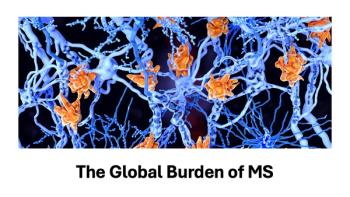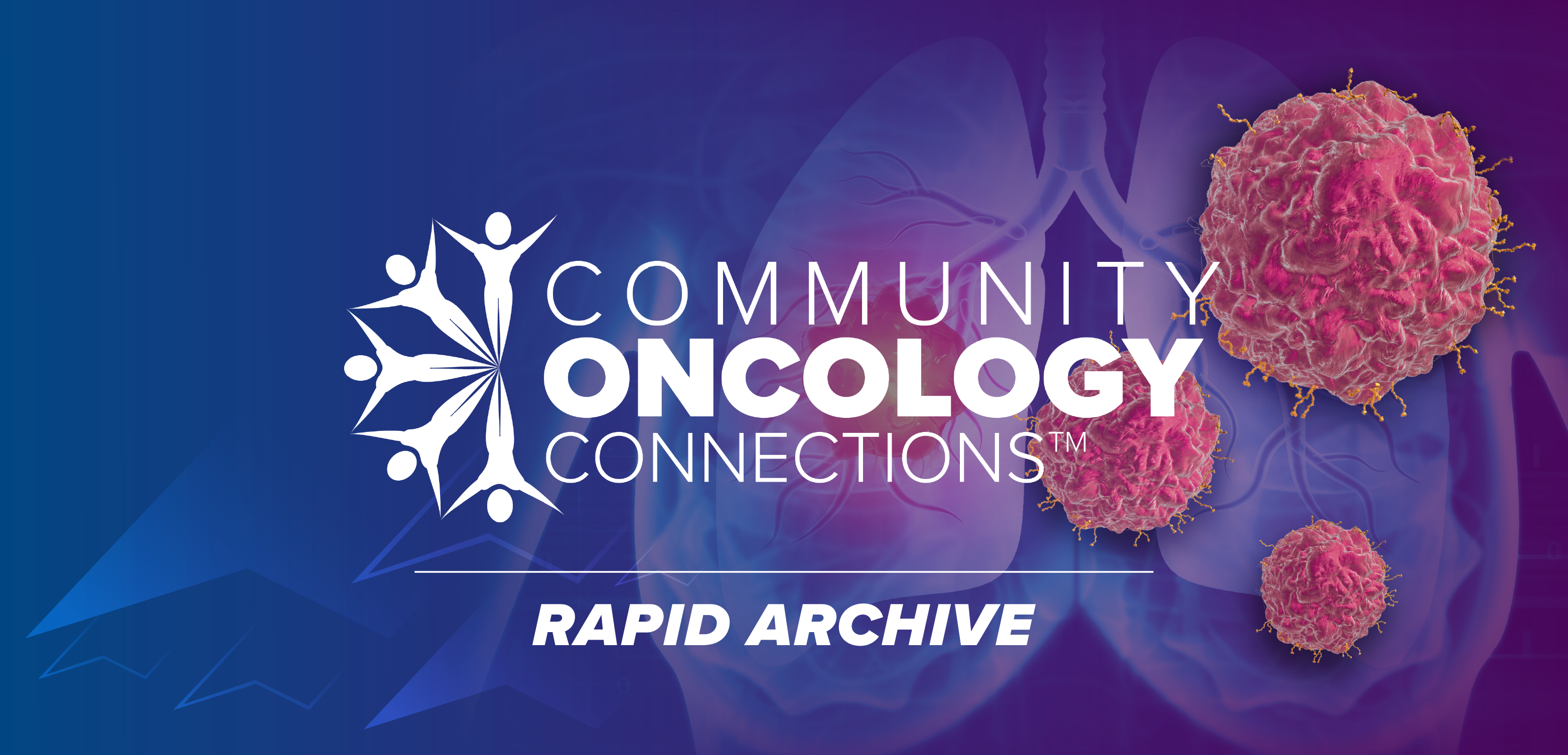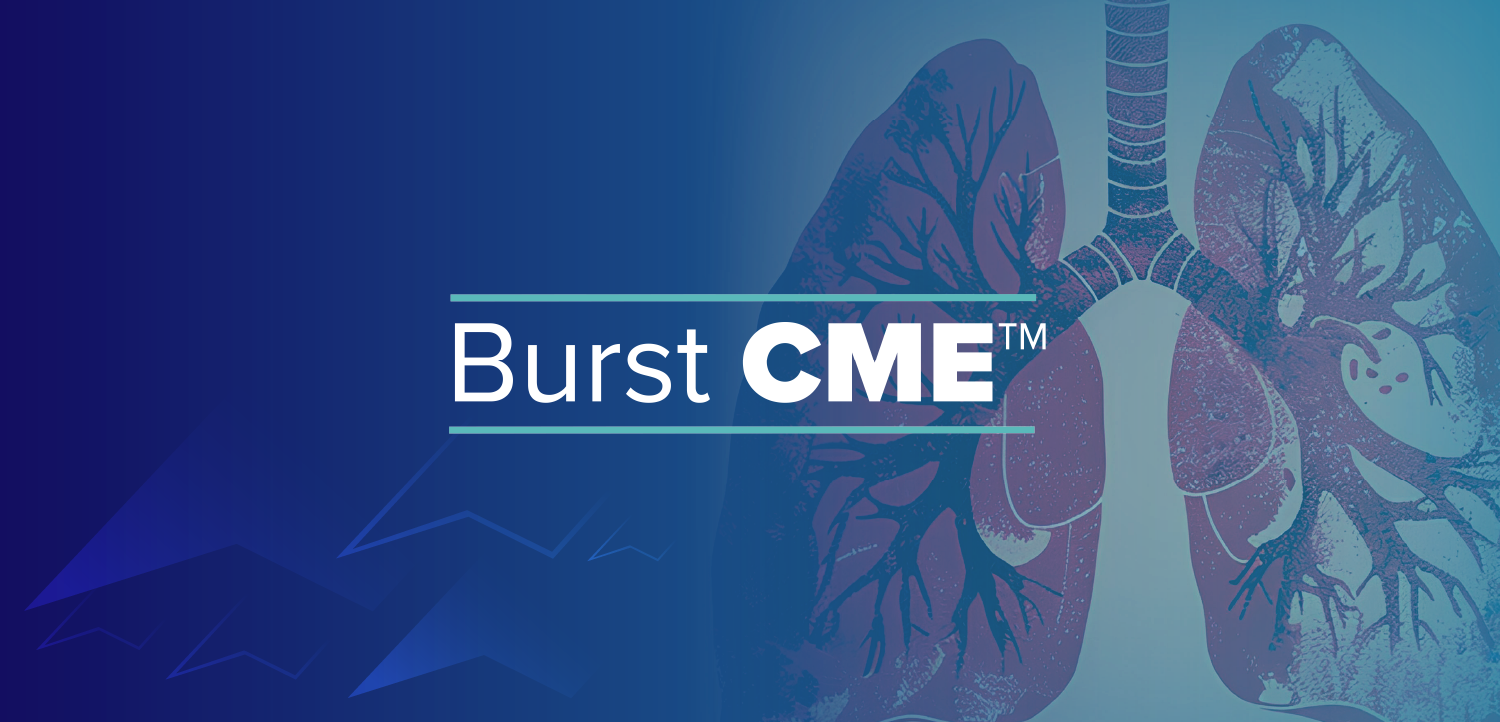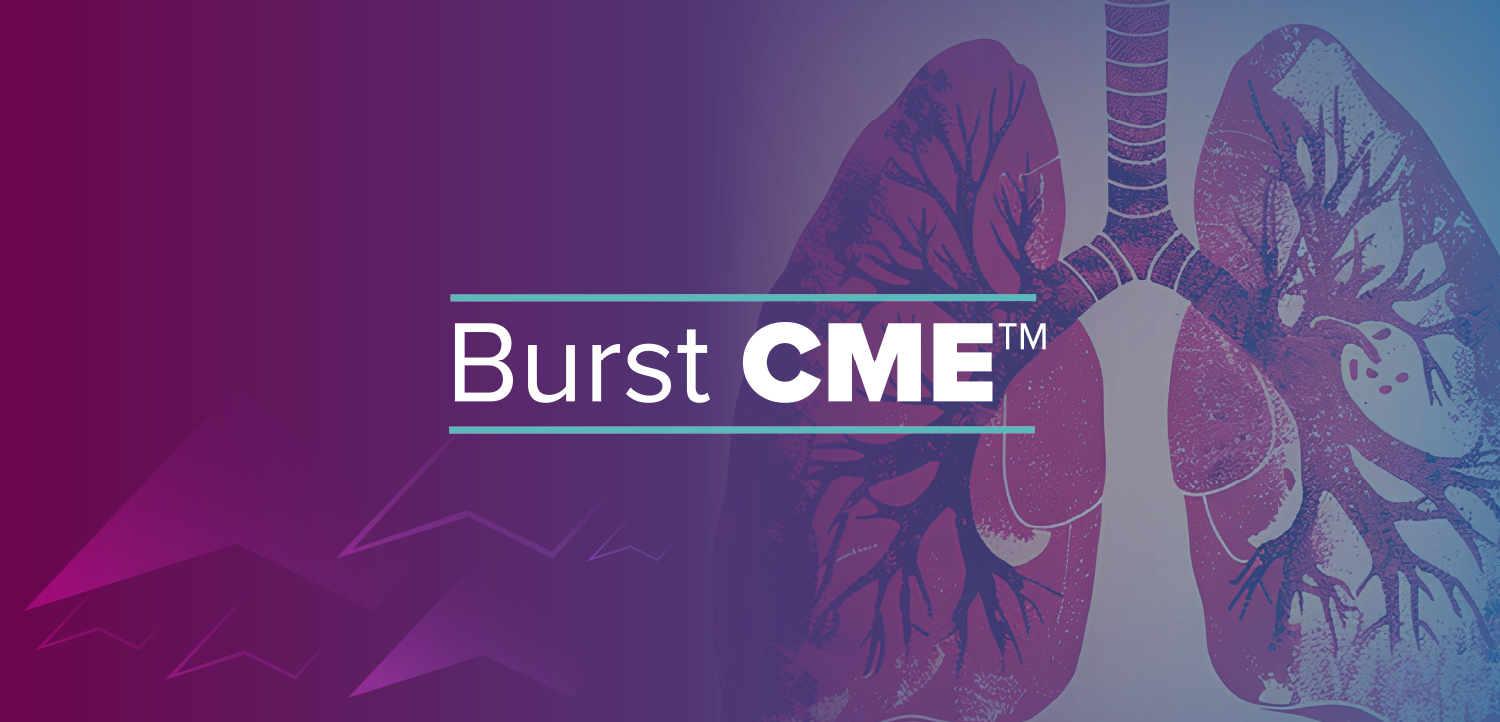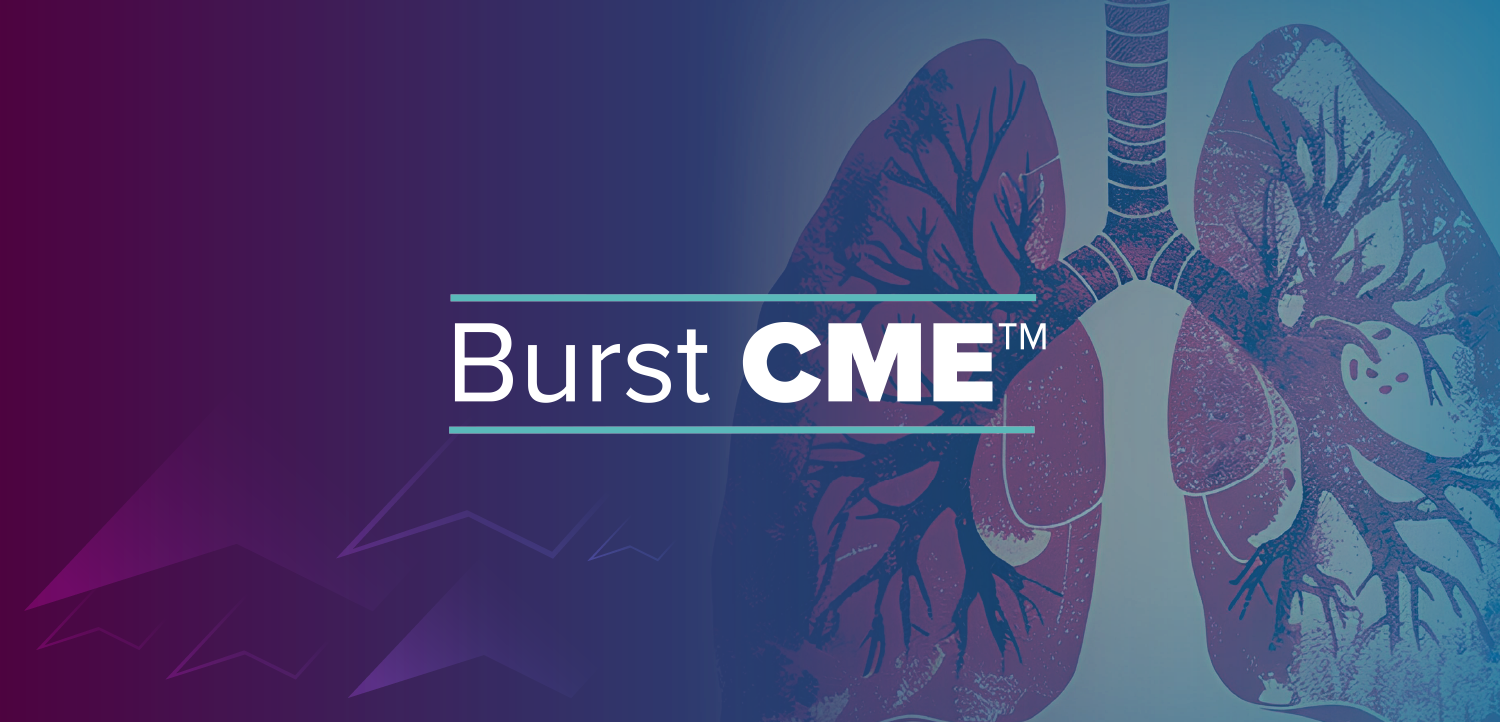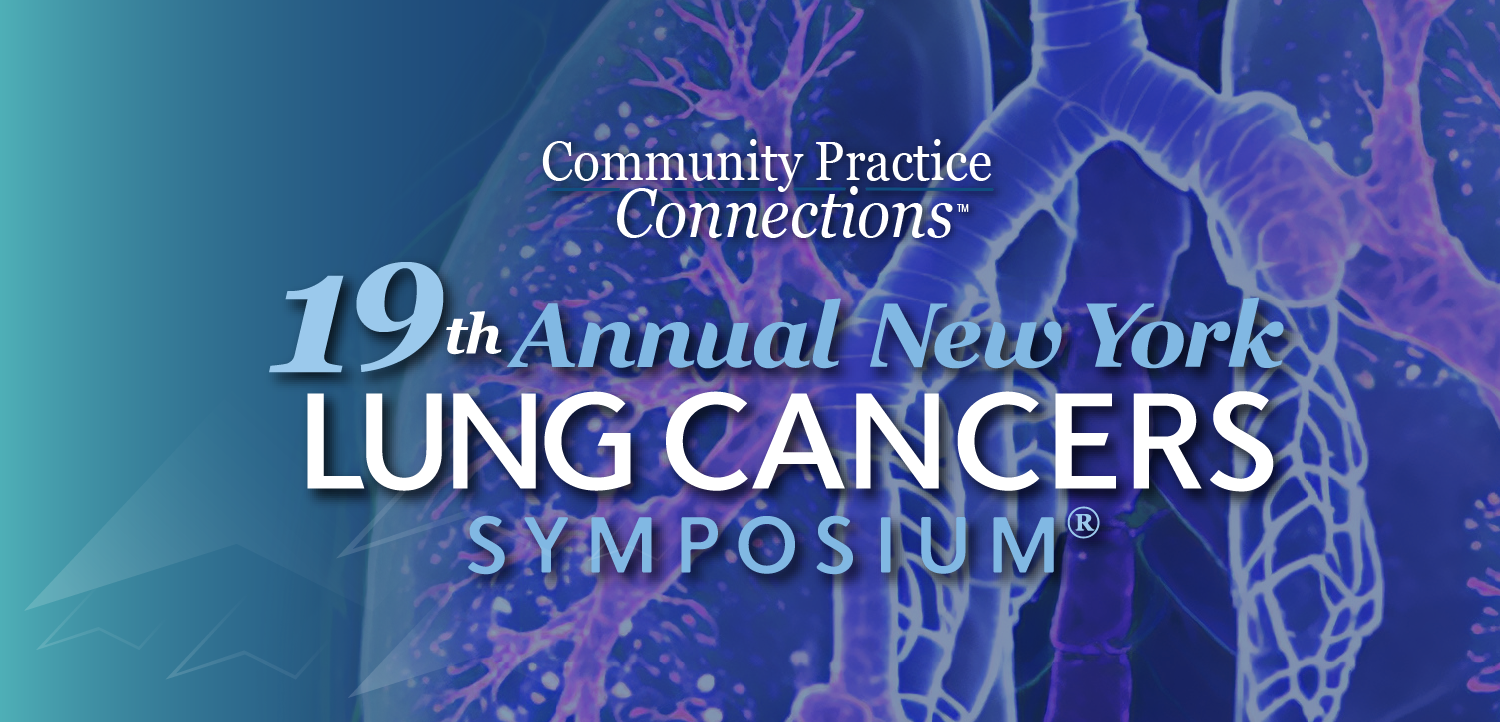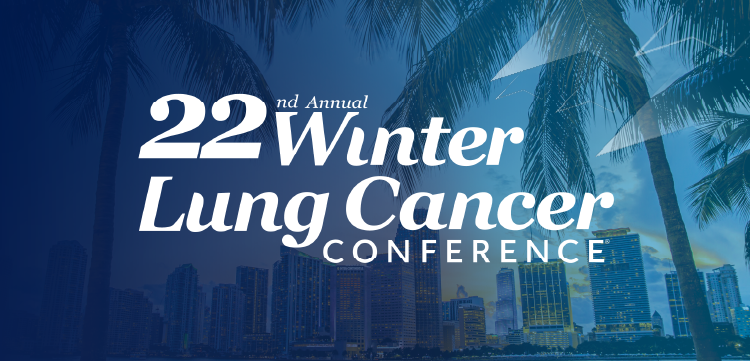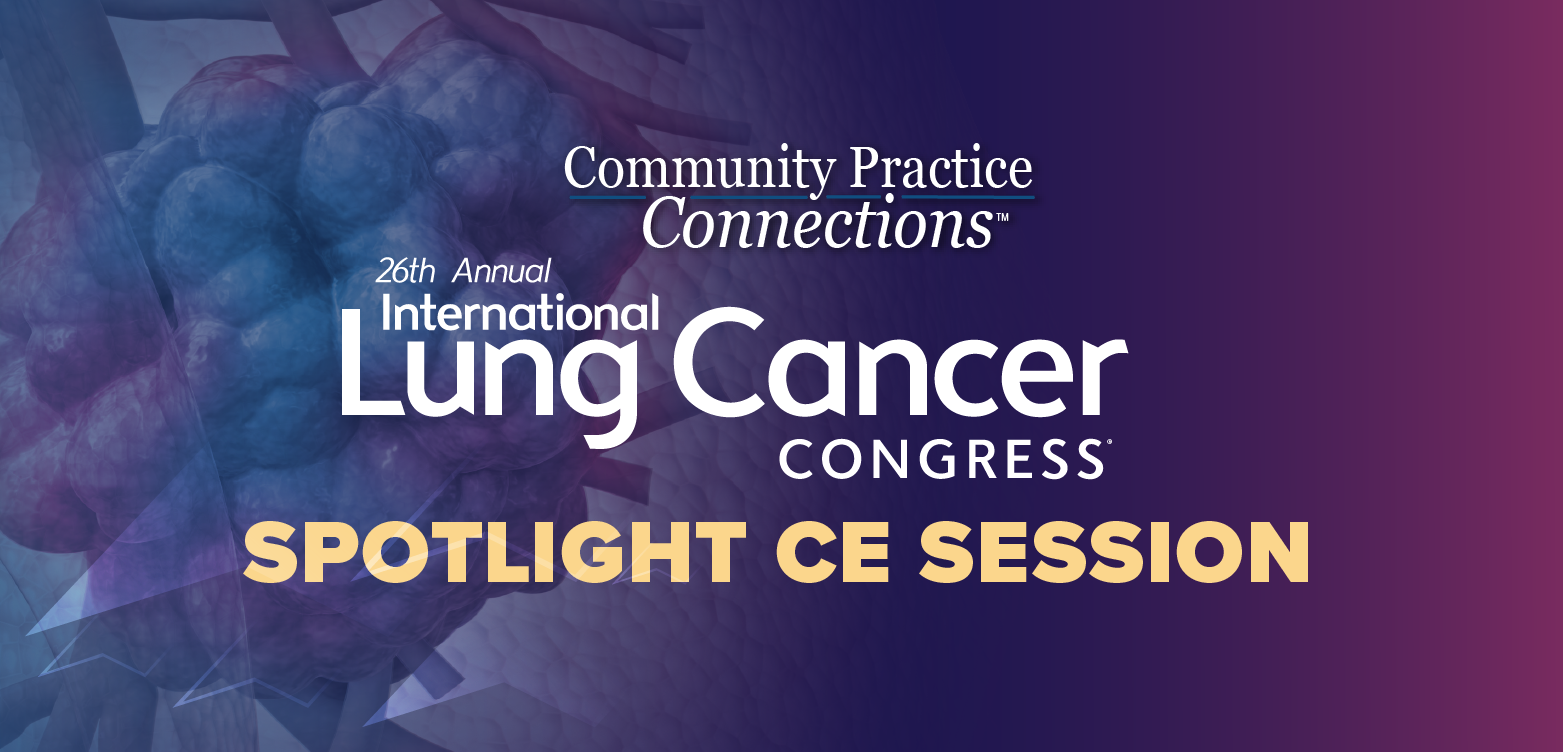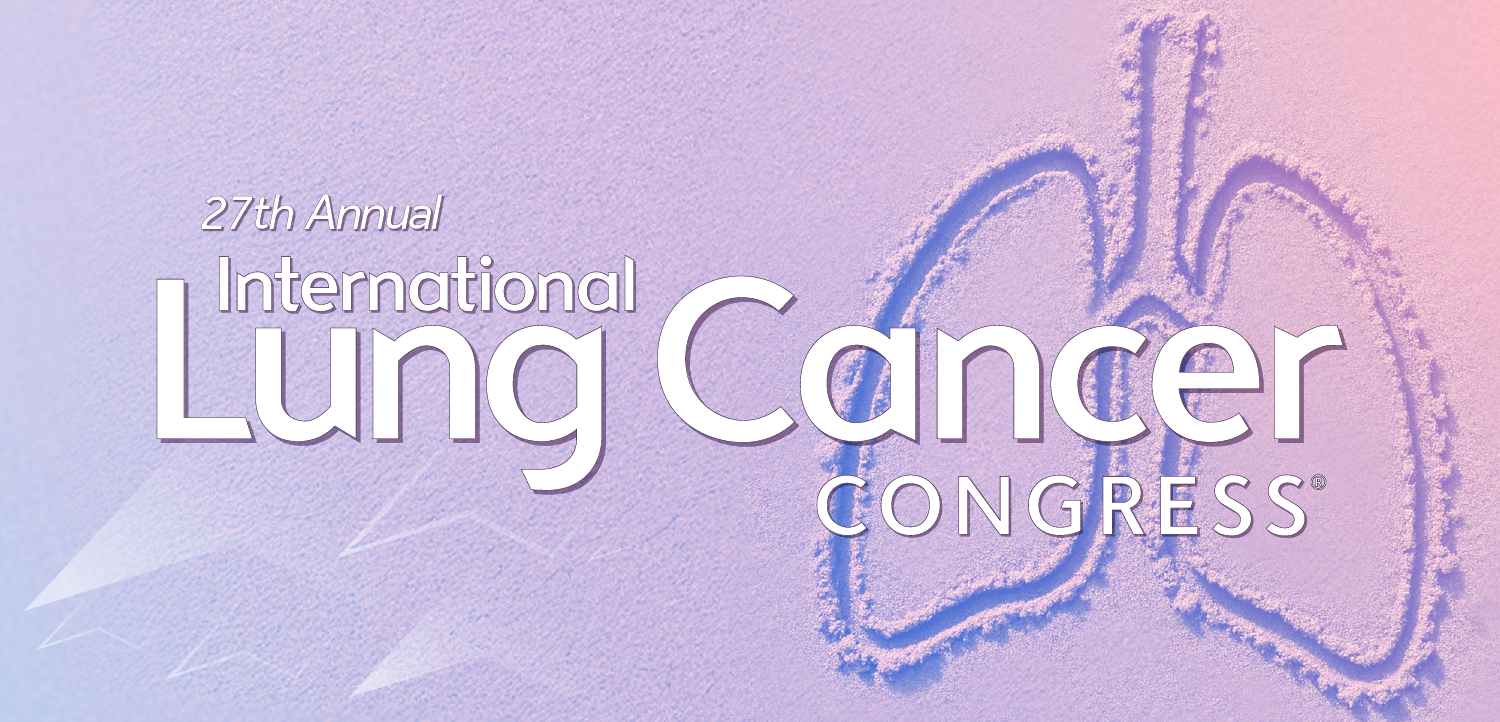
Opioid benefits may not outweigh risks
After an extensive review, researchers said they were unsure whether the risks of prescription opioids outweighed the potential benefits for managing chronic pain.
After an extensive
“The efficacy of opioids and their suitability for the long-term management of chronic pain still remain very much in question….it stands in somewhat stark contrast to the clinical reality of chronic pain treatment, where rates of prescriptions have skyrocketed such that opioids are now among the most frequently prescribed medications,” wrote Kevin E. Vowles with the
Vowles and his fellow researchers at the
Related:
After reviewing 38 published studies, most of which were conducted in the United States, the researchers discovered 2 primary implications. Misuse and addiction seem to be distinct patterns of problematic opioid use, and misuse seems more common than addiction. As a result, some misuses of prescription opioids may be addressed by “low-intensity intervention,” such as monthly counseling sessions, the researchers wrote.
Related:
“If it is accurate that approximately one in four patients on opioids display patterns of opioid misuse, but not addiction, then perhaps more efficient targeting of treatment resources would be of benefit,” Vowles wrote. “Some forms of misuse, for example, may be readily addressed through relatively low-intensity methods such as education or frequent follow-up visits.”
One study in which monthly counseling sessions were provided showed that “there are alternatives available to providers who treat high-risk patients beyond simply not prescribing the medications at all,” Jowles wrote.
Read next:
Newsletter
Get the latest industry news, event updates, and more from Managed healthcare Executive.

